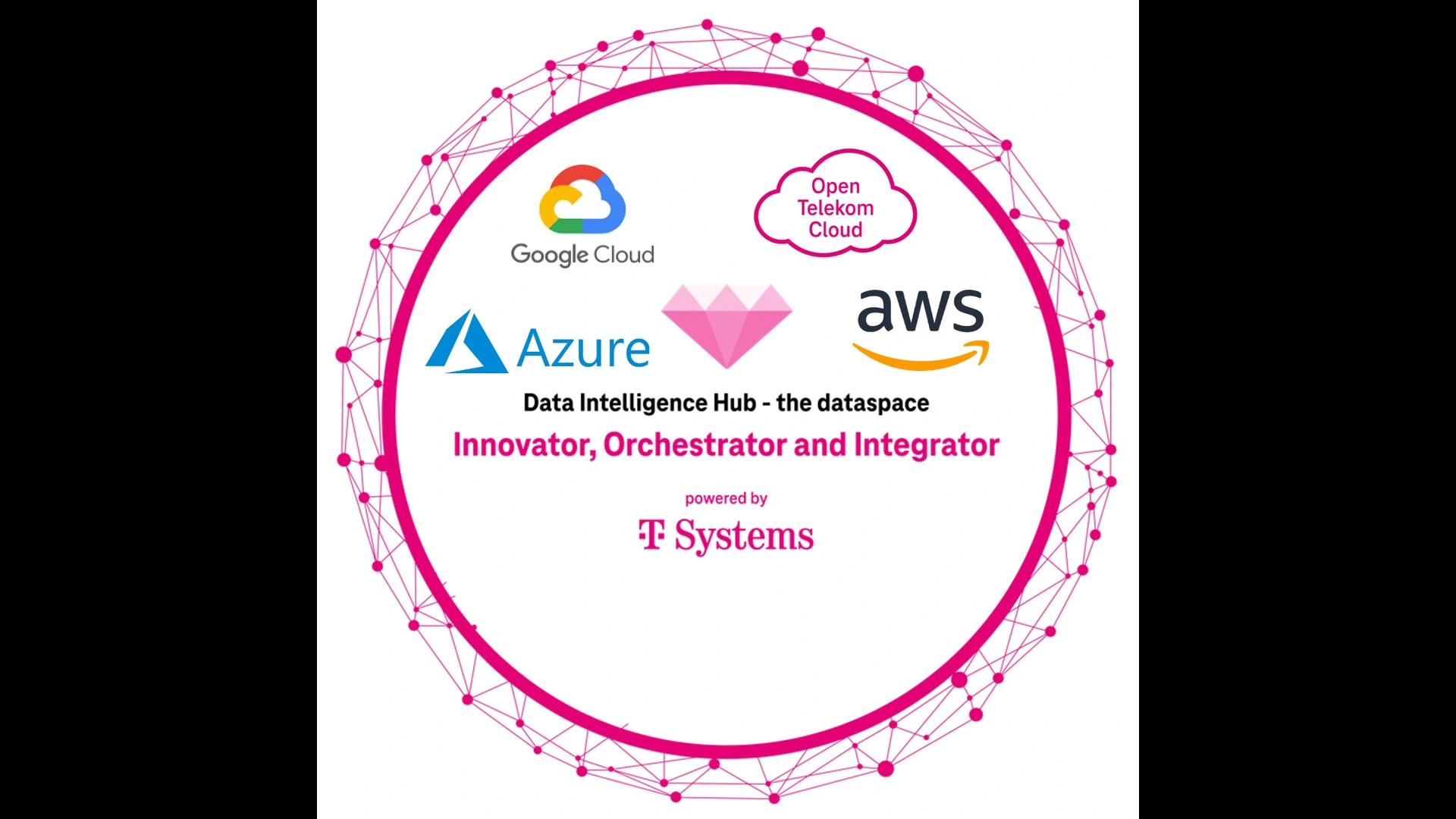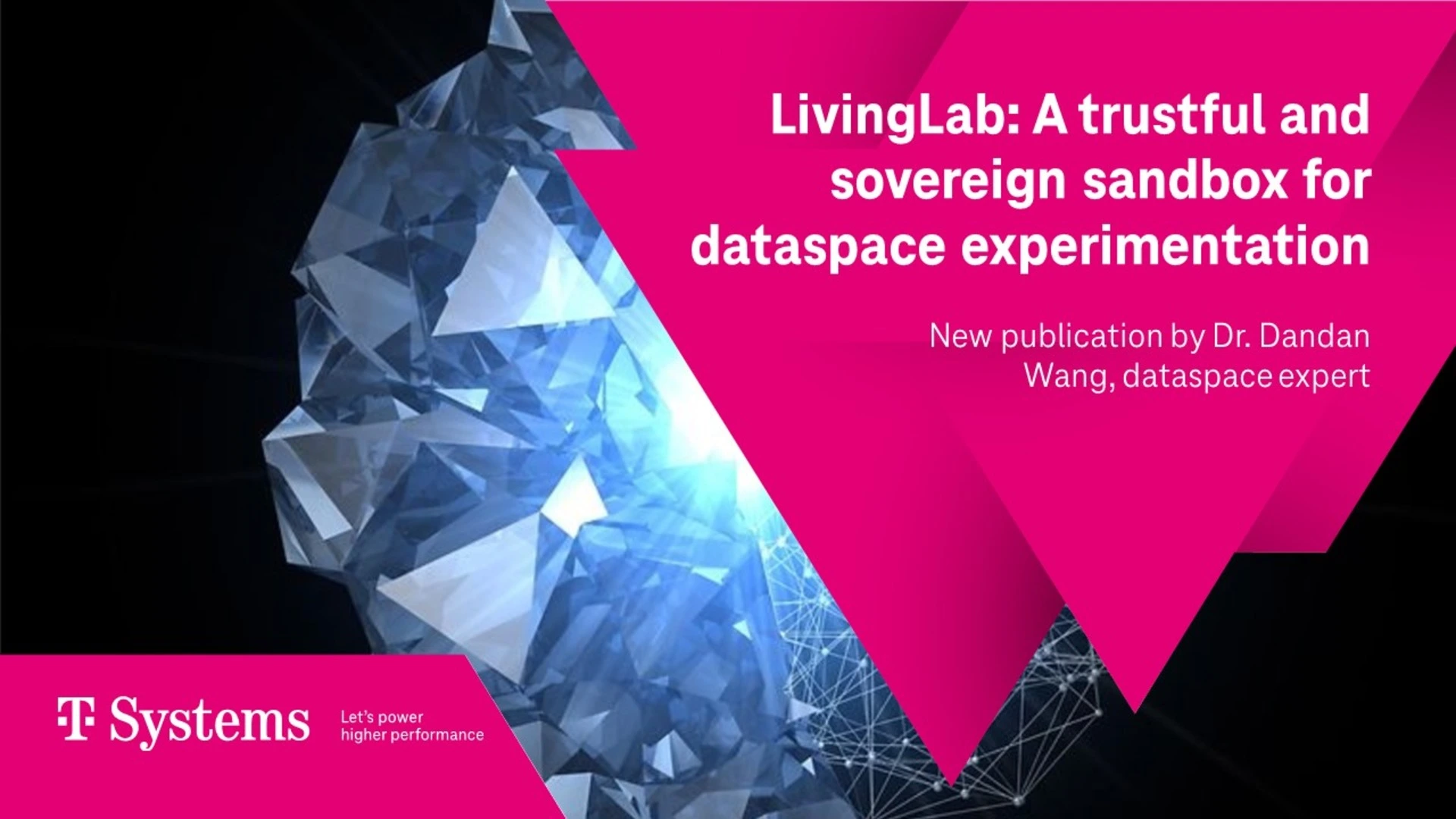The basis of well-known innovative solutions, such as self-propelled means of transport and self-organizing warehouses, is a breakthrough in Artificial Intelligence, which can only be made possible by sheer unlimited data availability and well-organized Enterprise Architecture (EA).
New quality in AI requires new quality in data – it depends not only on the amount of the data, but also on the relevance of the data. This proves that data is the new gold and oil of the present time. And whenever a new resource falls into human’s hands, it is provided in three steps:
- Punctual utilization
- Sharing by trading
- Foundation of an economy
Exactly this sequence can be determined now also with the raw material data. Therefore, the following four findings are reasonable
- Like raw materials, data must be extracted, stored, traded and disseminated.
- We are still in the selective usage phase, as everyone keeps his or her relevant data raw materials to himself or herself and does not trade the data, and there are no data banks or exchanges implemented
- A lot of data is still self-contained, although the trend is clearly towards cloud, edge and others in order to form a resilient and reliable data stream network.
- The data is made usable by algorithms that are controlled by the knowledge of data scientists and engineers, and combine data into insights that were considered impossible.
These points can only be achieved together, because they build on and condition each other.
In the first step, the extraction of raw materials or data, companies that have been using enterprise architecture for a long time have a clear competitive advantage, because they have organized the data in their IT landscape and the data “only” has to be extracted from the processes and IT systems and made available across the board. Thus, EA and EA Management (EAM) are confronted with new tasks and challenges, such as:
- Organization and provision of own data raw material for internal use.
- Availability of own data at the outside of the company for the purpose of exchange and trade.
- Research and acquisition of external data for internal use and enrichment of own data.
In order to be able to map this structured production technology of data oil, important points were defined in a workshop of the CBA Lab in 2018 (“Data-Driven Business Models”), which consistently strengthened and implemented the following EAM Capabilities:
- Data Strategy Development
- Data Model Management
- Data Provision Management
- Data Governance Management
- Data (IT/Reference) Architecture Management
Because without data no AI and no data without EAM.


















